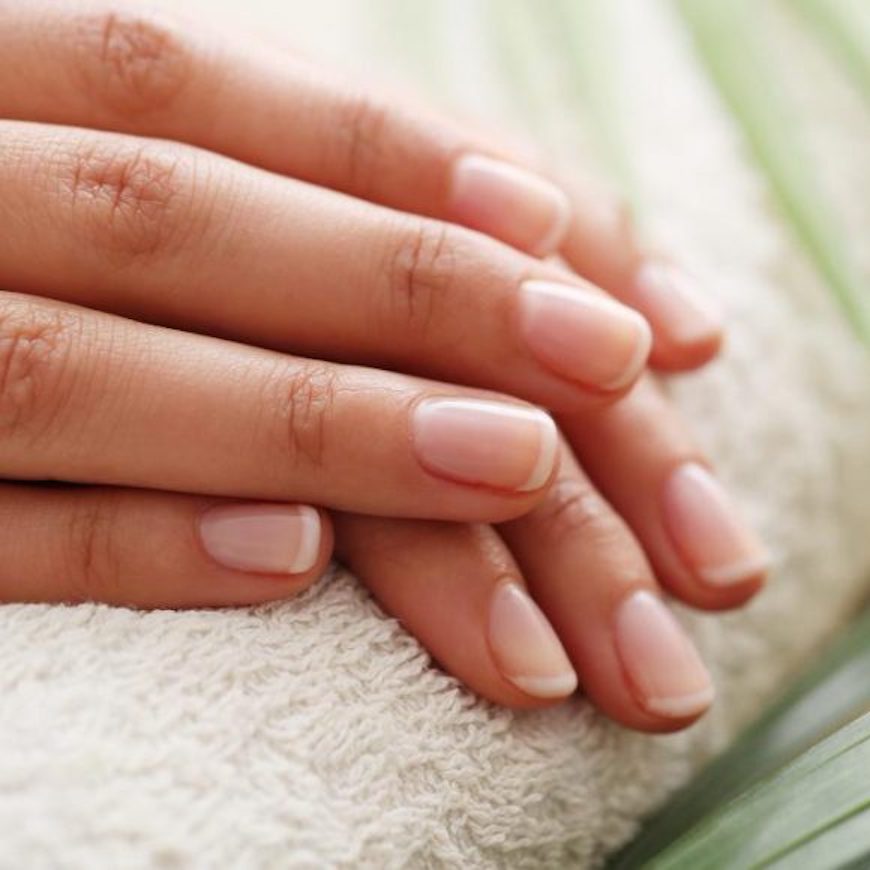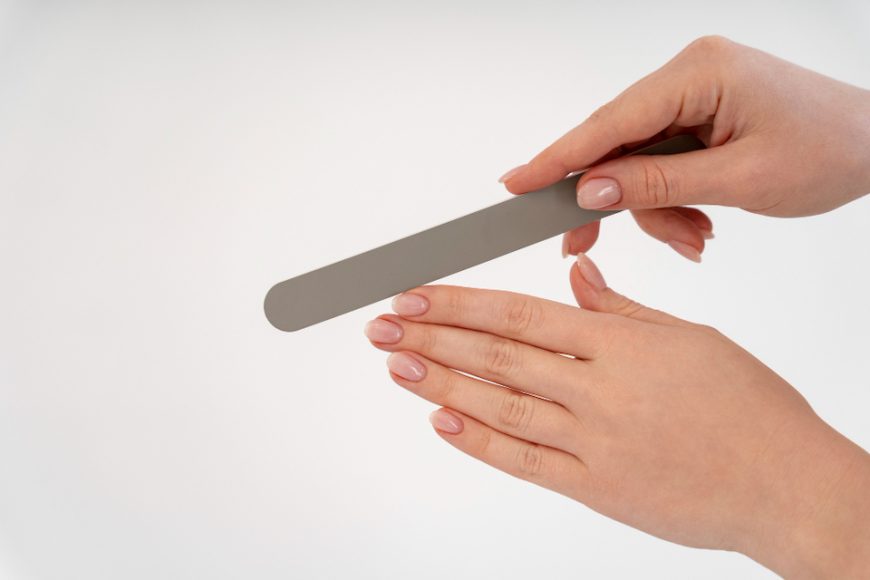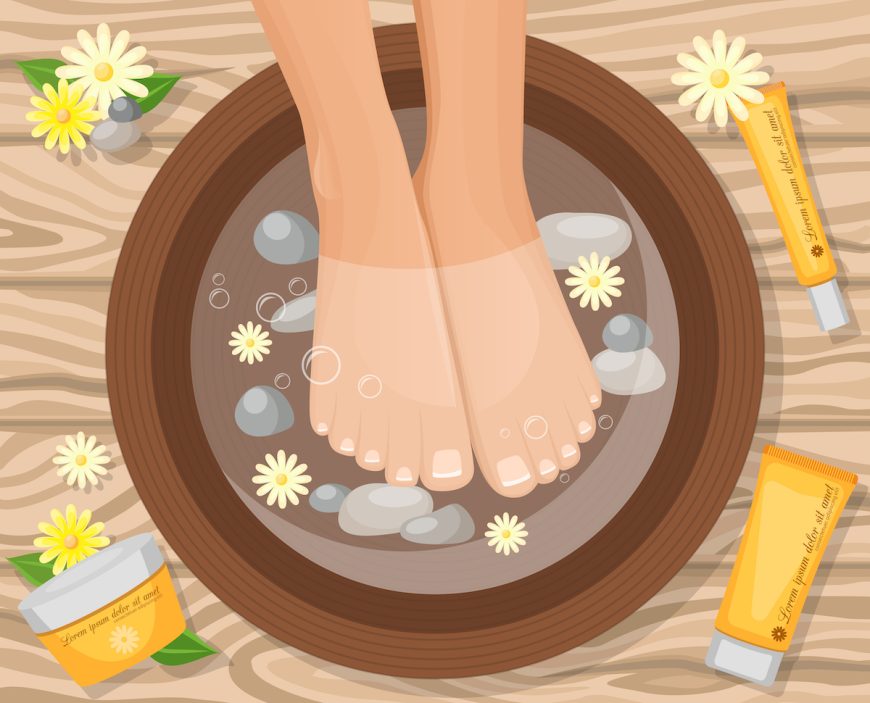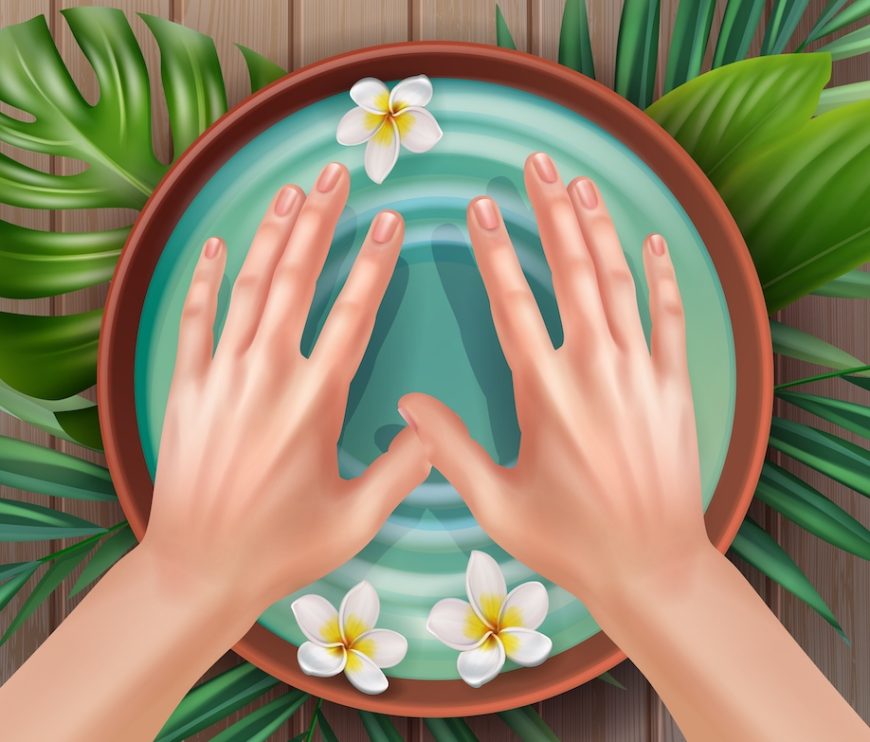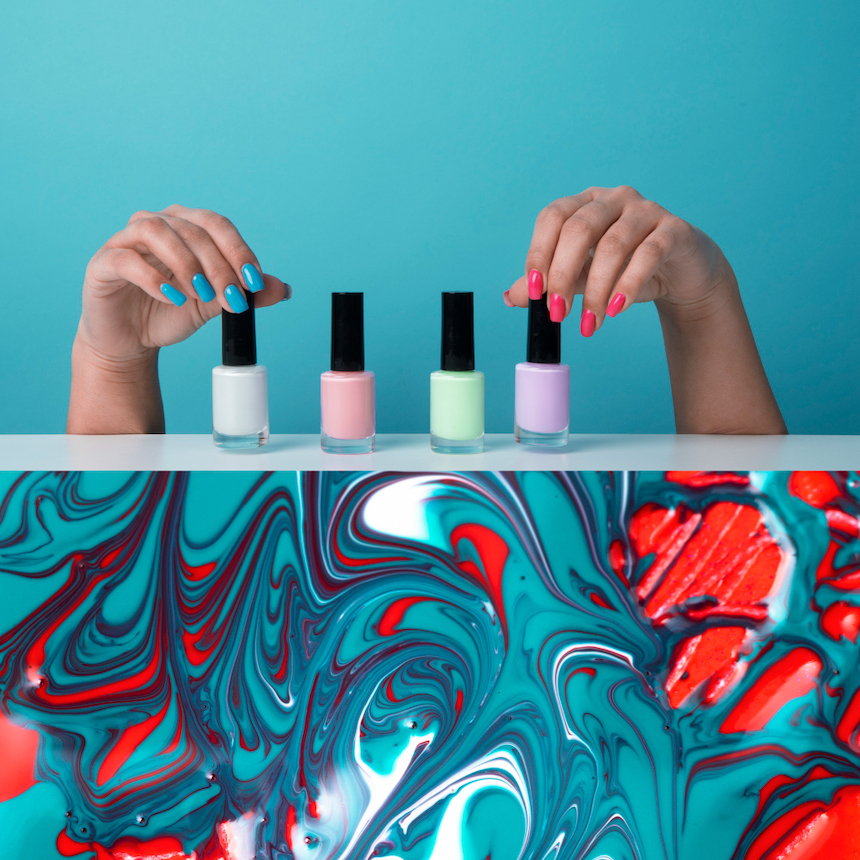While nails are often considered as mere fashion accessories or tools for grooming, they can also reveal vital insights about your overall health. Changes in nail color, texture, shape, and appearance can serve as warning signs, indicating underlying health conditions that may require attention. By paying attention to these subtle cues, you can potentially detect early signs of certain diseases and seek appropriate medical care. In this article, we will explore the various nail abnormalities and what they might indicate about your health.
Pale or White Nails:
Nails that appear unusually pale or white could indicate anemia, a condition characterized by low levels of red blood cells or hemoglobin. Inadequate blood supply to the nail bed may lead to a paler nail color. Additionally, liver problems, such as hepatitis or cirrhosis, can also cause nails to lose their natural pinkish hue. If you notice persistently pale or white nails, it is advisable to consult a healthcare professional for further evaluation.
Yellow Nails:
Yellow discoloration of the nails is often associated with fungal infections, especially when accompanied by nail thickening, crumbling, or lifting. However, yellow nails can also indicate more severe conditions like psoriasis, thyroid disease, or respiratory disorders such as chronic bronchitis. Additionally, habitual use of nail polish or exposure to certain chemicals can stain the nails yellow. Seeking medical advice is recommended for persistent yellow discoloration.
Blue Nails:
Nails with a bluish tint, known as cyanosis, may suggest inadequate oxygenation of the blood. This can be a sign of underlying respiratory or cardiovascular problems, such as lung diseases, heart failure, or peripheral arterial disease. Cyanosis can also indicate Raynaud’s disease, a condition characterized by the narrowing of blood vessels in response to cold temperatures or stress. If you notice blue discoloration of your nails, it is essential to consult a healthcare professional promptly.
Brittle or Splitting Nails:
Brittle or splitting nails are often attributed to external factors, such as excessive use of nail polish, harsh chemicals, or frequent exposure to water. However, these conditions can also be a result of certain health issues, including thyroid disorders, fungal infections, or nutritional deficiencies, such as biotin, iron, or zinc deficiency. Improving nail care practices and addressing any underlying health conditions can help restore nail strength and resilience.
Spoon-shaped or Concave Nails:
If your nails appear spoon-shaped, with a depression in the center and edges that curve upwards, it may be a sign of iron deficiency anemia. This condition, known as koilonychia, can also be associated with hemochromatosis, a disorder characterized by excessive iron absorption. Additionally, spoon-shaped nails can indicate certain autoimmune diseases, such as lupus or rheumatoid arthritis. It is imperative to consult with a healthcare professional to obtain an accurate diagnosis and receive appropriate treatment.
Pitting or Grooves:
The presence of small depressions or pitting on the surface of your nails can be a sign of psoriasis, an autoimmune condition that affects the skin and nails. Nail pitting can also be associated with certain types of eczema or alopecia areata. In some cases, grooves running horizontally across the nails, called Beau’s lines, may indicate a systemic illness or a temporary disruption in nail growth due to conditions like high fever, chemotherapy, or malnutrition.
Your nails serve as windows to your overall health. Changes in color, texture, shape, or appearance can provide valuable clues about underlying health conditions that may require attention. While some nail abnormalities are harmless and temporary, others may indicate more serious issues that warrant medical evaluation. Regularly examining your nails and seeking professional advice when necessary can help you catch potential health problems early, leading to timely intervention and improved outcomes. Remember, taking care of your nails goes beyond aesthetics; it can be a proactive step towards maintaining your overall well-being.

